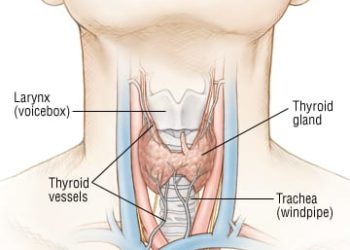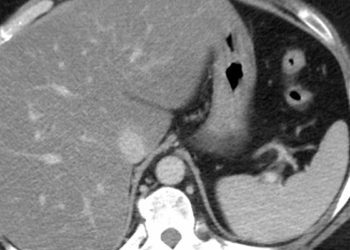Naltrexone-bupropion may reduce adverse cardiovascular events in obese patients
1. Based on interim analysis after 25% and 50% of expected events, among obese patients naltrexone-bupropion treatment resulted in lower risk of first major adverse cardiovascular event and cardiovascular death.
2. The most common events leading to discontinuation of therapy included GI and CNS symptoms, which occurred more often in the treatment group.
Evidence Rating Level: 2 (Good)
Study Rundown: According to the CDC, more than one third of U.S. adults are considered obese, a proportion that continues to rise. Obesity related conditions such as heart disease, stroke, type 2 diabetes, and some forms of cancer are a few of the leading causes of preventable death. The cost of treating obesity and its related conditions is upwards of $147 billion. Consequently, numerous treatments for the condition have been trialed over the years, both to decrease total weight and associated major adverse cardiovascular events (MACE). Two agents studied, naltrexone and bupropion, have been shown to reduce weight in a phase 3 clinical trial, but may have been associated with adverse cardiovascular side effects.
The FDA required more research into the safety of these drugs, and thus this study examined whether the combination of naltrexone and bupropion increased major cardiovascular events (cardiovascular death, nonfatal stroke, or nonfatal myocardial infarction) in overweight and obese patients compared to placebo. An interim analysis found that MACE occurred in more placebo treated patients than in the naltrexone-bupropion group after 25% and 50% of the total predicted events. However, GI and CNS side effects were more common in the pharmacological group. Key strengths of the study include the randomized, multicenter, double-blind and placebo-controlled design. This study is weakened by its early termination and consequent inability to properly assess noninferiority for the FDA mandated limit of a 1.4 hazard ratio. Consequently, further research is still needed to completely evaluate the safety of these potentially beneficial pharmacological agents.
Click to read the study in JAMA
In-Depth [randomized controlled trial]: This randomized clinical trial evaluated 8,910 participants over a total follow up of 2-4 years. Mean age of the randomized patients was 61, with 54.5% being women and 83.5% being described as white. First MACE occurred in 2.3% of the placebo group and 2.0% of the naltrexone-bupropion group (HR 0.88; 99.7%CI 0.57-1.34). Cardiovascular death occurred in 0.8% of the placebo group and 0.4% of the treatment group (HR 0.50; 99.7%CI 0.21-1.19). Nonfatal stroke occurred in 0.4% of the placebo group and 0.5% of the treatment group (HR 1.32; 99.7%CI 0.57-3.08). Nonfatal myocardial infarction occurred in 1.2% of the placebo group and 1.2% of the treatment group (HR 1.01; 99.7%CI 0.61-1.66). Most common events leading to discontinuation include GI events, occurring in 1.9% of the placebo group and 14.2% of the treatment group (p < 0.001) and CNS symptoms, occurring in 1.2% of the placebo group and 5.1% of the treatment group (p < 0.001).
Image: PD
©2016 2 Minute Medicine, Inc. All rights reserved. No works may be reproduced without expressed written consent from 2 Minute Medicine, Inc. Inquire about licensing here. No article should be construed as medical advice and is not intended as such by the authors or by 2 Minute Medicine, Inc.


![2 Minute Medicine: Pharma Roundup: Price Hikes, Breakthrough Approvals, Legal Showdowns, Biotech Expansion, and Europe’s Pricing Debate [May 12nd, 2025]](https://www.2minutemedicine.com/wp-content/uploads/2025/05/ChatGPT-Image-May-12-2025-at-10_22_23-AM-350x250.png)




![Nanoparticle delivery of aurora kinase inhibitor may improve tumor treatment [PreClinical]](https://www.2minutemedicine.com/wp-content/uploads/2016/02/20541_lores-75x75.jpg)

